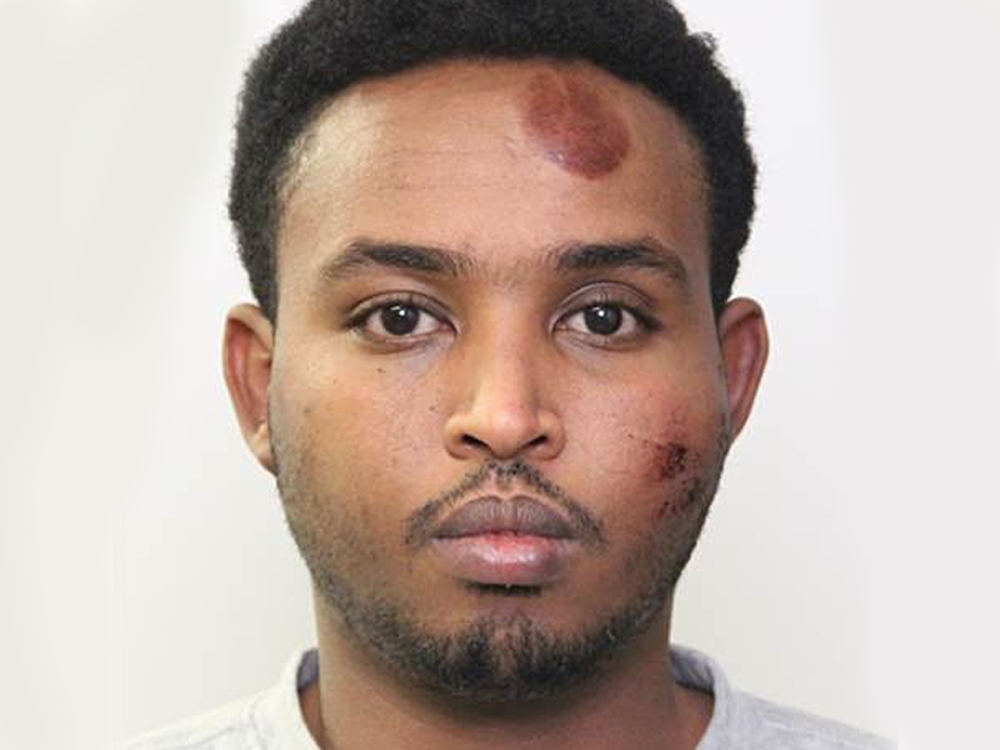A terror attack by a border-crossing migrant in North America was unheard of. So when Somali national Abdulahi Hasan Sharif in September 2017 conducted vehicle-ramming attacks while carrying an ISIS flag in Canada’s Edmonton, Alberta, it should have been treated as a lesson-learning precedent about terrorist border infiltration not unlike the border-crossing migrants attacking in Europe the past several years. Sharif originally made his way to Canada after first crossing the U.S.-Mexico border. That this North America precedent disappeared into the ether before it could be exploited was one reason I posed seven outstanding questions that ought to be answered first. The smuggling methods, missed detection opportunities, and inter-agency collaboration, to my thinking, could surely help our own leaders shore up a southern land border the U.S. State Department has deemed “vulnerable to terrorist transit”.

Now we know more about the Sharif case, thanks to Edmonton Journal/Edmonton Sun reporter Jonny Wakefield, who stepped up to ask hard questions. Wakefield’s 3,500-word anniversary story on September 28 was titled “Everything we know about the man charged in Edmonton’s truck attack from the woman who knows him best”. We don’t see this kind of news reporting effort about terrorism cases very often, and Wakefield’s comprehensive effort, which involved interviews with Sharif, his lawyer, girlfriend, ICE, FBI, local police and many others, is both impressive and commendable.
Wakefield’s findings considerably raise the question as to how current immigration enforcement systems in both Canada and the U.S. aid the free movement of future unvetted “special interest alien” migrants from countries of terrorism concern coming over the border.